Citibank 2010 Annual Report Download - page 101
Download and view the complete annual report
Please find page 101 of the 2010 Citibank annual report below. You can navigate through the pages in the report by either clicking on the pages listed below, or by using the keyword search tool below to find specific information within the annual report.-
 1
1 -
 2
2 -
 3
3 -
 4
4 -
 5
5 -
 6
6 -
 7
7 -
 8
8 -
 9
9 -
 10
10 -
 11
11 -
 12
12 -
 13
13 -
 14
14 -
 15
15 -
 16
16 -
 17
17 -
 18
18 -
 19
19 -
 20
20 -
 21
21 -
 22
22 -
 23
23 -
 24
24 -
 25
25 -
 26
26 -
 27
27 -
 28
28 -
 29
29 -
 30
30 -
 31
31 -
 32
32 -
 33
33 -
 34
34 -
 35
35 -
 36
36 -
 37
37 -
 38
38 -
 39
39 -
 40
40 -
 41
41 -
 42
42 -
 43
43 -
 44
44 -
 45
45 -
 46
46 -
 47
47 -
 48
48 -
 49
49 -
 50
50 -
 51
51 -
 52
52 -
 53
53 -
 54
54 -
 55
55 -
 56
56 -
 57
57 -
 58
58 -
 59
59 -
 60
60 -
 61
61 -
 62
62 -
 63
63 -
 64
64 -
 65
65 -
 66
66 -
 67
67 -
 68
68 -
 69
69 -
 70
70 -
 71
71 -
 72
72 -
 73
73 -
 74
74 -
 75
75 -
 76
76 -
 77
77 -
 78
78 -
 79
79 -
 80
80 -
 81
81 -
 82
82 -
 83
83 -
 84
84 -
 85
85 -
 86
86 -
 87
87 -
 88
88 -
 89
89 -
 90
90 -
 91
91 -
 92
92 -
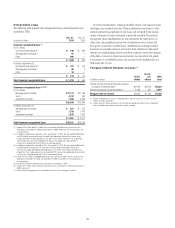 93
93 -
 94
94 -
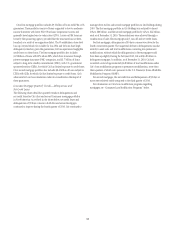 95
95 -
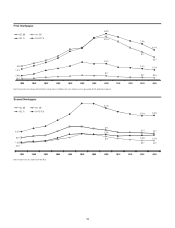 96
96 -
 97
97 -
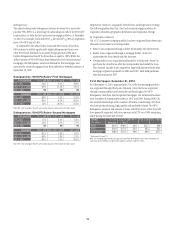 98
98 -
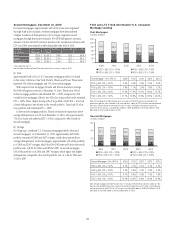 99
99 -
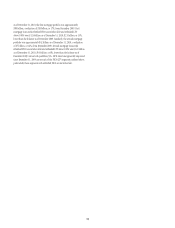 100
100 -
 101
101 -
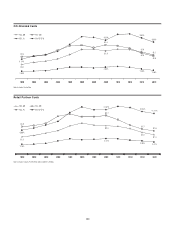 102
102 -
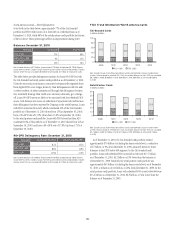 103
103 -
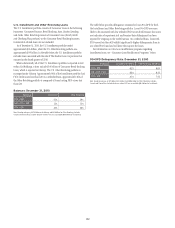 104
104 -
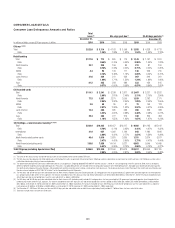 105
105 -
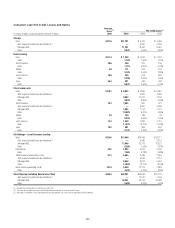 106
106 -
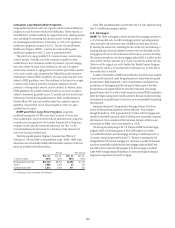 107
107 -
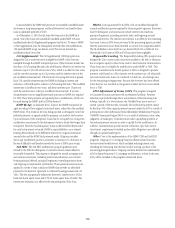 108
108 -
 109
109 -
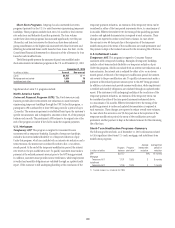 110
110 -
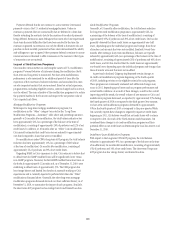 111
111 -
 112
112 -
 113
113 -
 114
114 -
 115
115 -
 116
116 -
 117
117 -
 118
118 -
 119
119 -
 120
120 -
 121
121 -
 122
122 -
 123
123 -
 124
124 -
 125
125 -
 126
126 -
 127
127 -
 128
128 -
 129
129 -
 130
130 -
 131
131 -
 132
132 -
 133
133 -
 134
134 -
 135
135 -
 136
136 -
 137
137 -
 138
138 -
 139
139 -
 140
140 -
 141
141 -
 142
142 -
 143
143 -
 144
144 -
 145
145 -
 146
146 -
 147
147 -
 148
148 -
 149
149 -
 150
150 -
 151
151 -
 152
152 -
 153
153 -
 154
154 -
 155
155 -
 156
156 -
 157
157 -
 158
158 -
 159
159 -
 160
160 -
 161
161 -
 162
162 -
 163
163 -
 164
164 -
 165
165 -
 166
166 -
 167
167 -
 168
168 -
 169
169 -
 170
170 -
 171
171 -
 172
172 -
 173
173 -
 174
174 -
 175
175 -
 176
176 -
 177
177 -
 178
178 -
 179
179 -
 180
180 -
 181
181 -
 182
182 -
 183
183 -
 184
184 -
 185
185 -
 186
186 -
 187
187 -
 188
188 -
 189
189 -
 190
190 -
 191
191 -
 192
192 -
 193
193 -
 194
194 -
 195
195 -
 196
196 -
 197
197 -
 198
198 -
 199
199 -
 200
200 -
 201
201 -
 202
202 -
 203
203 -
 204
204 -
 205
205 -
 206
206 -
 207
207 -
 208
208 -
 209
209 -
 210
210 -
 211
211 -
 212
212 -
 213
213 -
 214
214 -
 215
215 -
 216
216 -
 217
217 -
 218
218 -
 219
219 -
 220
220 -
 221
221 -
 222
222 -
 223
223 -
 224
224 -
 225
225 -
 226
226 -
 227
227 -
 228
228 -
 229
229 -
 230
230 -
 231
231 -
 232
232 -
 233
233 -
 234
234 -
 235
235 -
 236
236 -
 237
237 -
 238
238 -
 239
239 -
 240
240 -
 241
241 -
 242
242 -
 243
243 -
 244
244 -
 245
245 -
 246
246 -
 247
247 -
 248
248 -
 249
249 -
 250
250 -
 251
251 -
 252
252 -
 253
253 -
 254
254 -
 255
255 -
 256
256 -
 257
257 -
 258
258 -
 259
259 -
 260
260 -
 261
261 -
 262
262 -
 263
263 -
 264
264 -
 265
265 -
 266
266 -
 267
267 -
 268
268 -
 269
269 -
 270
270 -
 271
271 -
 272
272 -
 273
273 -
 274
274 -
 275
275 -
 276
276 -
 277
277 -
 278
278 -
 279
279 -
 280
280 -
 281
281 -
 282
282 -
 283
283 -
 284
284 -
 285
285 -
 286
286 -
 287
287 -
 288
288 -
 289
289 -
 290
290 -
 291
291 -
 292
292 -
 293
293 -
 294
294 -
 295
295 -
 296
296 -
 297
297 -
 298
298 -
 299
299 -
 300
300 -
 301
301 -
 302
302 -
 303
303 -
 304
304 -
 305
305 -
 306
306 -
 307
307 -
 308
308 -
 309
309 -
 310
310 -
 311
311 -
 312
312
 |
 |
99
Interest Rate Risk Associated with Consumer Mortgage
Lending Activity
Citigroup originates and funds mortgage loans. As with all other lending
activity, this exposes Citigroup to several risks, including credit, liquidity and
interest rate risks. To minimize credit and liquidity risk, Citigroup sells most
of the mortgage loans it originates, but retains the servicing rights. These
sale transactions create an intangible asset referred to as MSRs, which expose
Citi to interest rate risk. For example, the fair value of MSRs declines with
increased prepayments, and lower interest rates are generally one factor that
tends to lead to increased prepayments.
In managing this risk, Citigroup hedges a significant portion of the value
of its MSRs. However, since the change in the value of these hedges does
not perfectly match the change in the value of the MSRs, Citigroup is still
exposed to what is commonly referred to as “basis risk.” Citigroup manages
this risk by reviewing the mix of the various hedges on a daily basis.
Citigroup’s MSRs totaled $4.554 billion and $6.530 billion at
December 31, 2010 and December 31, 2009, respectively. For additional
information on Citi’s MSRs, see Notes 18 and 22 to the Consolidated
Financial Statements.
As part of its mortgage lending activity, Citigroup commonly enters into
purchase commitments to fund residential mortgage loans at specific interest
rates within a given period of time, generally up to 60 days after the rate
has been set. If the resulting loans will be classified as loans held-for-sale,
Citigroup accounts for the commitments as derivatives. Accordingly, changes
in the fair value of these commitments, which are driven by changes in
mortgage interest rates, are recognized in current earnings after taking into
consideration the likelihood that the commitment will be funded.
Citigroup hedges its exposure to the change in the value of these commitments.
North America Cards
Overview
Citi’s North America cards portfolio consists of its Citi-branded and retail
partner cards portfolios reported in Citicorp—Regional Consumer
Banking and Citi Holdings—Local Consumer Lending, respectively. As of
December 31, 2010, the Citi-branded portfolio totaled $78 billion, while the
retail partner cards portfolio was $46 billion.
Beginning as early as 2008, Citi actively pursued loss mitigation
measures, such as stricter underwriting standards for new accounts and
closing high-risk accounts, in each of its Citi-branded and retail partner
cards portfolios. As a result of these efforts, higher risk customers have either
had their available lines of credit reduced or their accounts closed. On a net
basis, end-of-period open accounts are down 8% in Citi-branded cards and
11% in retail partner cards, each versus prior-year levels.
See “Consumer Loan Modification Programs” below for a discussion of
Citi’s modification programs for card loans.
Cards Quarterly Trends—Delinquencies and Net Credit Losses
The following charts detail the quarterly trends in delinquencies and net
credit losses for Citigroup’s North America Citi-branded and retail partner
cards portfolios. Trends for both Citi-branded and retail partner cards
continued to reflect the improving credit quality of these portfolios. In Citi-
branded cards, delinquencies declined for the fourth consecutive quarter to
$1.6 billion, an improvement of 12% from the prior quarter. Net credit losses
declined for the third consecutive quarter to $1.7 billion, 11% lower than the
prior quarter. In retail partner cards, delinquencies declined for the fourth
consecutive quarter while net credit losses declined for the sixth consecutive
quarter. For both portfolios, early-stage delinquencies also continued to
show improvement.
